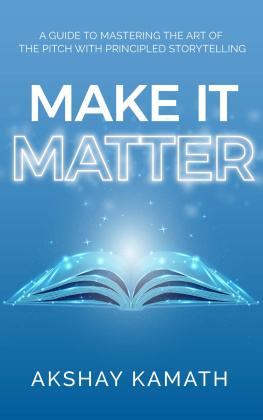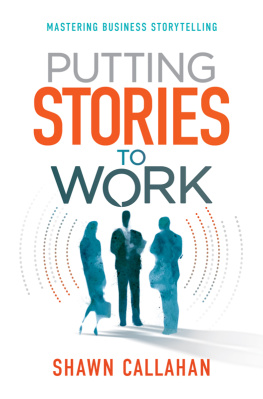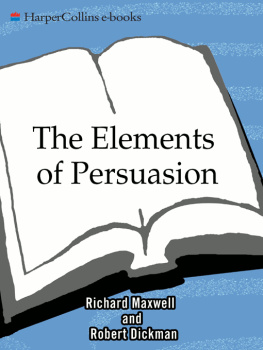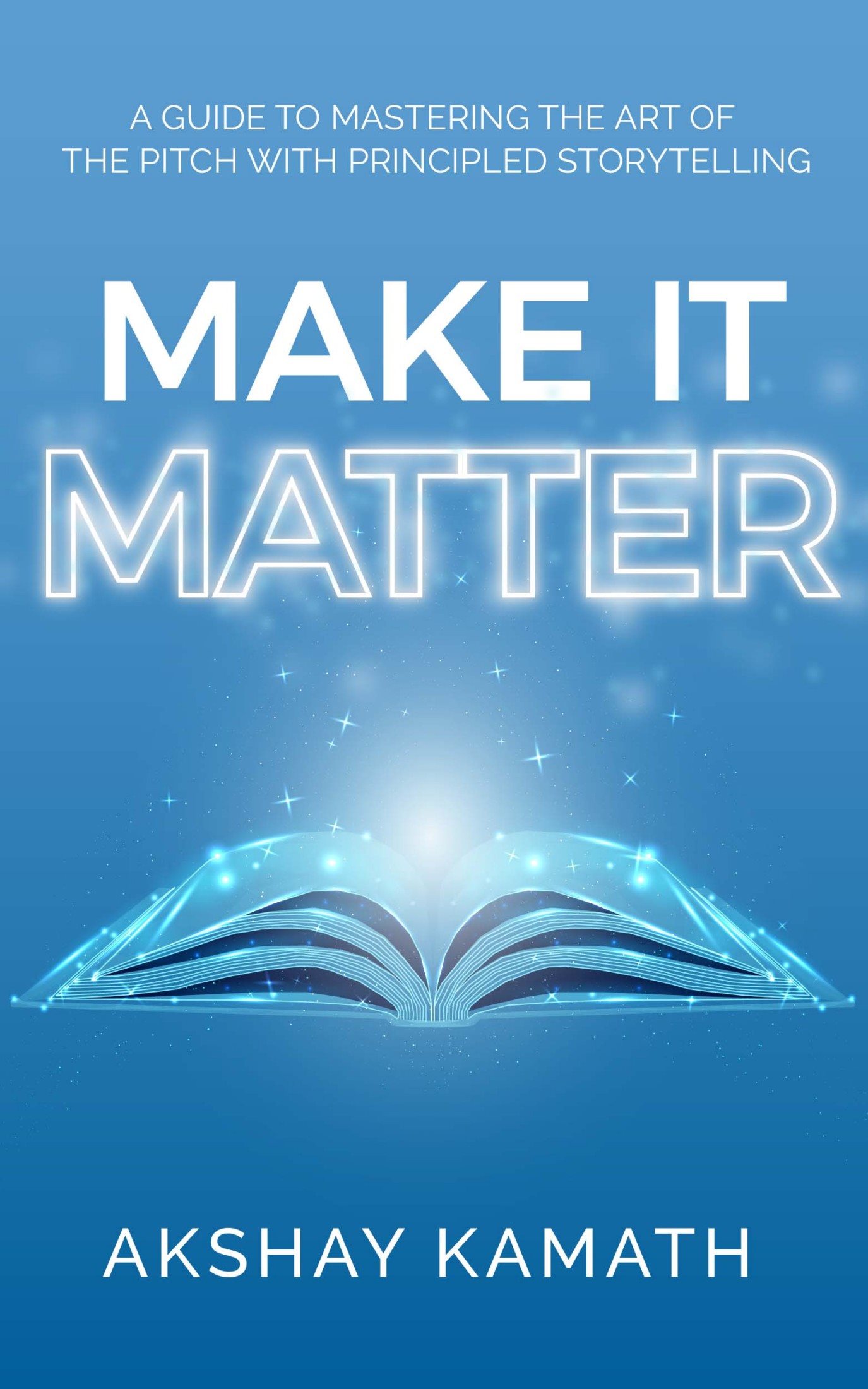HOW TO HACK THIS BOOK
Thanks for picking up this book. Out of the many that are out there on this topic written by qualified entrepreneurs and seasoned storytellers, I know this was not your only choice and hope you can benefit from my perspective.
Before we embark on this journey, I feel it is important to highlight how this book is intended to be read.
For context, I have seen the magic of a well-told story while pitching in professional settings: quicker promotions at work, memorable presentations at conferences, and bigger checks (literally) at start-up pitch competitions; however, I have seen the merit of this technique go beyond tangible results and directly influence my lifelong relationships. It has helped me achieve more structure in my messaging, mindfulness in my interactions, and humility in my endeavors. By sharing the principles that underlie my experiences and those of other entrepreneurial storytellers, it is my hope that you, too, can experience these priceless, transferable benefits and adapt them meaningfully into your life. While this book is written from the lens of an entrepreneur for pitch development and execution, the lessons in the following pages can also be applicable to anyone who wants to embed more purposeful narratives into their persuasive communication.
THE METHODOLOGY
Distinct from other books I have encountered about storytelling in a pitch, this book does not dive into the comprehensive structure of stories (e.g., setup of the exposition, development of the rising action). Instead, it references parallels when appropriate to foster a tighter connection to application. This book is also not organized by tips that apply to distinct sections of story (i.e., beginning, middle, end), since breaking down lessons by siloed periods in a timeline may not be conducive to pulling flow evenly through a narrative. While these one-off tips can certainly be valuable and will be touched upon, I believe creating a cohesive story requires threading key principles throughout the universe of a narrative.
I also designed this book with differences across reading styles in mind. Each chapter generally stands on its own and does not require knowledge of the preceding or following information to be understood; however, I have organized these chapters in a sequence that I believe best captures the didactic priorities of persuasive storytelling. Some concepts and examples brought up earlier will naturally become reinforced as the book continues. So if you have the time, I highly recommend reading from beginning to end to extract the most value.
THE OBJECTIVE
At a high level, we can continuously litmus test the impact of a pitch by evaluating its ability to make our audience:
Understand
Care
Act
We can view this as the triple aim of a pitch, in which all three components operate symbiotically and are necessary for our pitch stories to leave a lasting impact. If the audience understands our story, there may still be uncertainty about if it really matters to them. If the audience understands our story and cares about our viewpoint, there may still be uncertainty about how they plan to act on it. We must actively look to evoke all three.
Keeping this trifecta in mind, I have segmented insights for this book into nine distinct principles, each its own chapter, to hit these goals resonantly. These principles are organized by three phases of story development:
Construction
Connection
Command
The three principles of construction explore how the best stories are organized and thread a clear and consistent message throughout a narrative, one that any audience will be able to follow and absorb intended takeaways. The three principles of connection explore how strong stories optimize the cultivation of sincere relationships between storytellers and their audiences, built on the foundation of trust, not authority. Finally, the three principles of command explore how powerful stories layer their impact with unpredictable yet elegant connections that make a story truly feel complete, leaving audiences enamored and creating a legacy for the narrative. The principles of this book have been arranged in such a way that each of the points in our litmus test is explicitly targeted:
UnderstandPrinciples of Construction
CarePrinciples of Connection
ActPrinciples of Command
Think of this categorization as a rough checklist, a practical barometer of the health of your story. If we identify that one or more of these elements of our stories are lacking, we can return to familiar principles to probe on what successful predecessors have done to achieve mastery.
THE TAKEAWAY
As you traverse this book, I ask that you actively approach every chapter with one question: How can I use this?
As you read through each principle, think about how you can squeeze it for value. You will probably have heard of a certain idea before or already actively use it. Still, see where you may be able to extract some utility. Above all, think about how you can specifically employ that concept to enhance your next verbal pitch, speech, or debate.
When the impact becomes real, immediate, and personally meaningful, the number of applications seems to snowball, and you will find yourself more intrinsically motivated to search for golden nuggets within chapters. Purposefully to this end, each chapter contains a portion of a pitch story that has attained a tangible instance of success from employing that principle. Probing these historically proven examples to inform your pitch can help reinforce the main takeaways.
Having suffered through the endless loop of reading self-help books for the false feelings of accomplishment and self-improvement, I have written this book with an action-oriented philosophy. However compelling a chapter may be, if we cannot do anything to better our own lives, what is the point? There is a list of recommendations at the end of each chapter, developed from an experiential lens of entrepreneurship, to help draw attention to points upon which you can act.
As with any read, take notes if that helps you remember or process key points after long breaks. Whatever your reinforcement methodology, I recommend you do not leave a chapter without taking along at least one actionable implementation.
Finally, and most importantly, have fun with this book! I enjoyed writing this book because I have had the pleasure of tracing through the wonderful memories on my evolving journey of storytelling improvement, from developing advisory board connections at networking dinners to winning pivotal start-up pitch competitions. In a similar vein, I hope you enjoy the process of advancing your ability to structure your thoughts in a highly relatable story form, one that can cultivate a spontaneous and elegant storytelling skill that lasts a lifetime.











